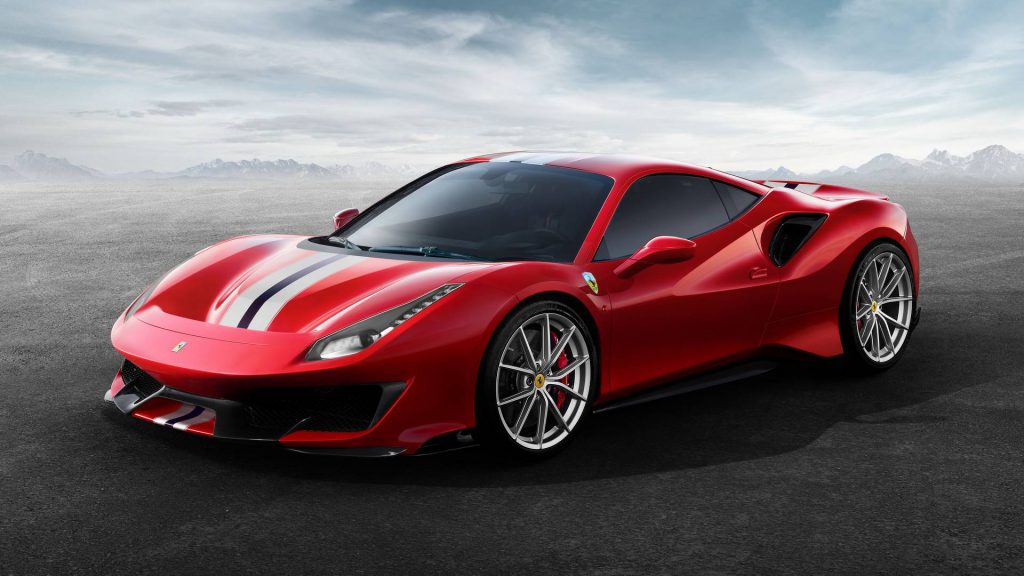Technologies do not stand still. Today’s high-tech automotive flagships can easily be supplanted by other vehicles with more innovation. However, someone has to be first.
All the cars that we will consider made an important technological breakthrough in their own way, thereby making their contribution to history. The fact that each of them was eventually superseded by something even more fantastic shows how fast the pace of automotive evolution is.
Today, each of these five cars remains a technological benchmark of its era.
The Miura was not only a radical step forward in car design, it also created the ultimate category of car: the supercar.
There were already a lot of fast, exotic cars in the 60s, but this Italian legend introduced a template that still inspires many famous designers to this day.
Aluminum housing. The non-standard transverse engine layout (similar to what you find in most modern front-wheel drive cars) allows for improved weight distribution.
But when installing a 3.9 liter V12 engine with 350 hp. s., there was no room left at all. Engineers solved this problem easily by combining the transmission and differential into one gearbox.
The bare chassis of the Miura was shown at the 1965 Turin Motor Show. In the period from 1966 to 1969, the company successfully built and sold 275 cars, which was no small success since the price per car was $20,000 USD.
The words “BMW” and “supercar” may seem like they belong together, but the history of the M1 shows that the reality is much more complex. The technological complexity of the car cannot ensure its success. In the late 1970s, BMW was just beginning to establish itself as a dominant force in the automobile industry, so the company decided to build a supercar.
Without any experience, BMW knew a lot about engine design. The 3.5-liter M88 was a clean-sheet design, featuring six individual throttle bodies, four valves per cylinder, and Kugelfischer mechanical fuel injection. Engine competition from Ferrari and Lamborghini had more power, but they also had twice as many cylinders.
Sounds pretty impressive, but the birthing process was challenging for M1. In the chaos, only 456 M1s were built, and these cars were virtually impossible to sell. During the height of the late ’70s economic downturn, several people were interested in a supercar from the German sedan maker. However, the M1 still has an important legacy.
The 959 may look like a 911 that’s melted a little in the sun, but it brings an impressive array of technology to the table. Today, drivers are accustomed to electronics because they make it easy to adjust the behavior of their cars, and it all started with the 959.
Among its many innovative features were: an all-wheel drive system with variable torque distribution, electronic suspension control with adjustable damping and ground clearance.
Lightweight materials also played a big role. The body panels were made of Kevlar and fiberglass-reinforced plastic, while the wheels were made of magnesium.
How can you argue with a car that has an engine compartment covered in pure gold? McLaren said gold is a good conductor of heat, not a small part in F1.
Another exotic material is carbon fiber, from which the body and chassis were made. The chassis was designed with an integrated tubular frame. The seating position is located in the center of the car, giving the driver a wide view.
The result was recognition as the fastest production car of the 20th century, with a top speed of 400 kilometers per hour.
Sixteen cylinders. Four turbochargers. One thousand and one horsepower. One million dollars. The Bugatti Veyron is one of the few cars that has reached the level of epochal definition of technical achievement.
In 1998, the Volkswagen Group acquired Bugatti, and the group’s boss, Ferdinand Piech, decided to build the fastest car in the world. Eight-liter engine, W16 with four turbines producing 1001 hp. at 6000 rpm and a torque of 1250 Nm and a preselective 7-speed gearbox.
Engineers had to develop special tires that could cope with the potential of this car. But at the pinnacle of this technology and power, the Veyron was supposed to be comfortable and luxurious, a proper car that was as expensive as it was fast. The mission was completed, 408 kilometers per hour, it would seem that this was a chapel, but no. In 2010, the Veyron Super Sport raises the bar to 431 kilometers per hour.
What’s the next supercar to raise the technology bar for the industry? Write your opinion in the comments below.
Avaruosad.ee – online auto parts store
Need spare parts for your car? Call for free consultation:
- +372 56 812 812
- info@avaruosad.ee


